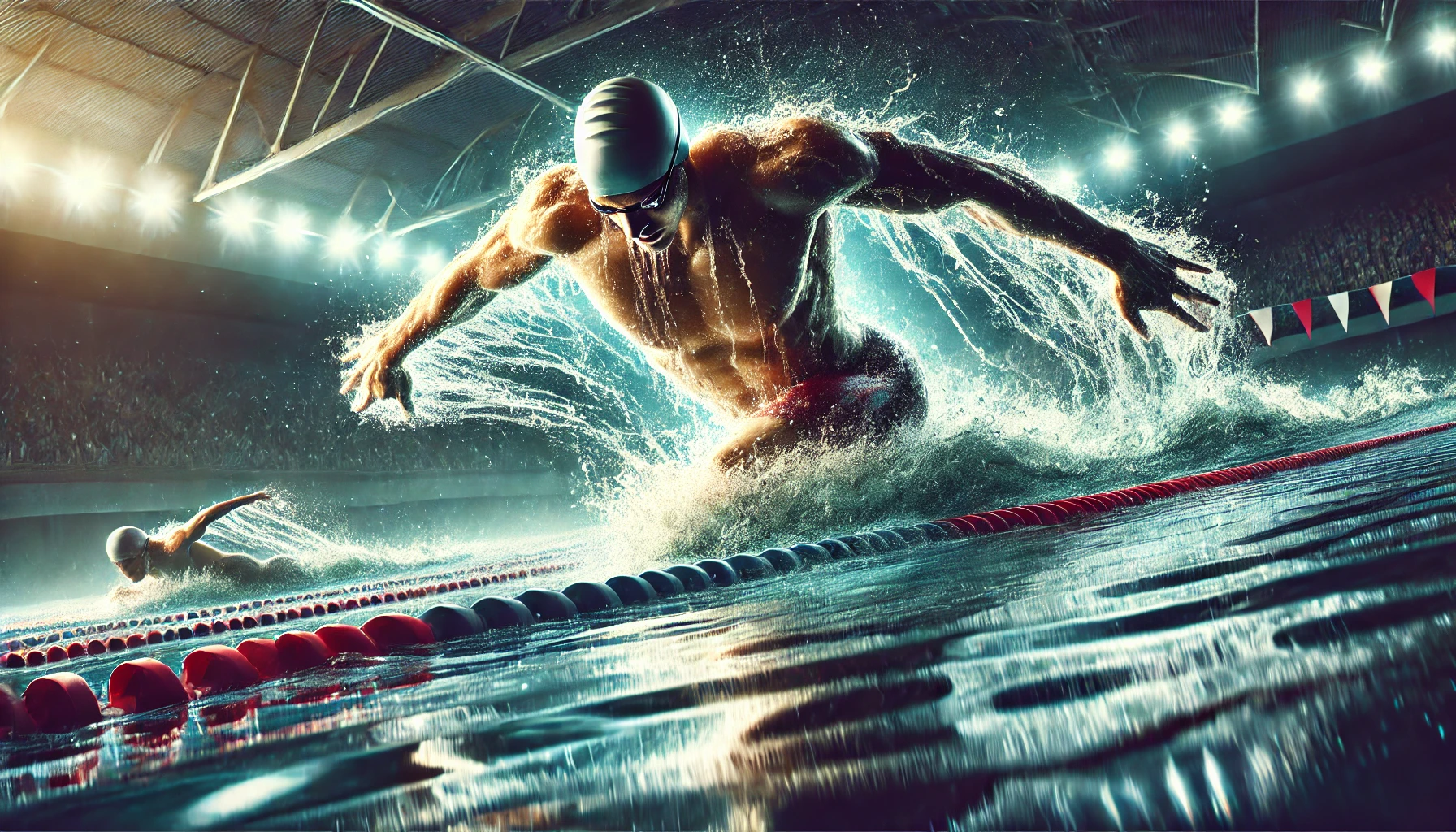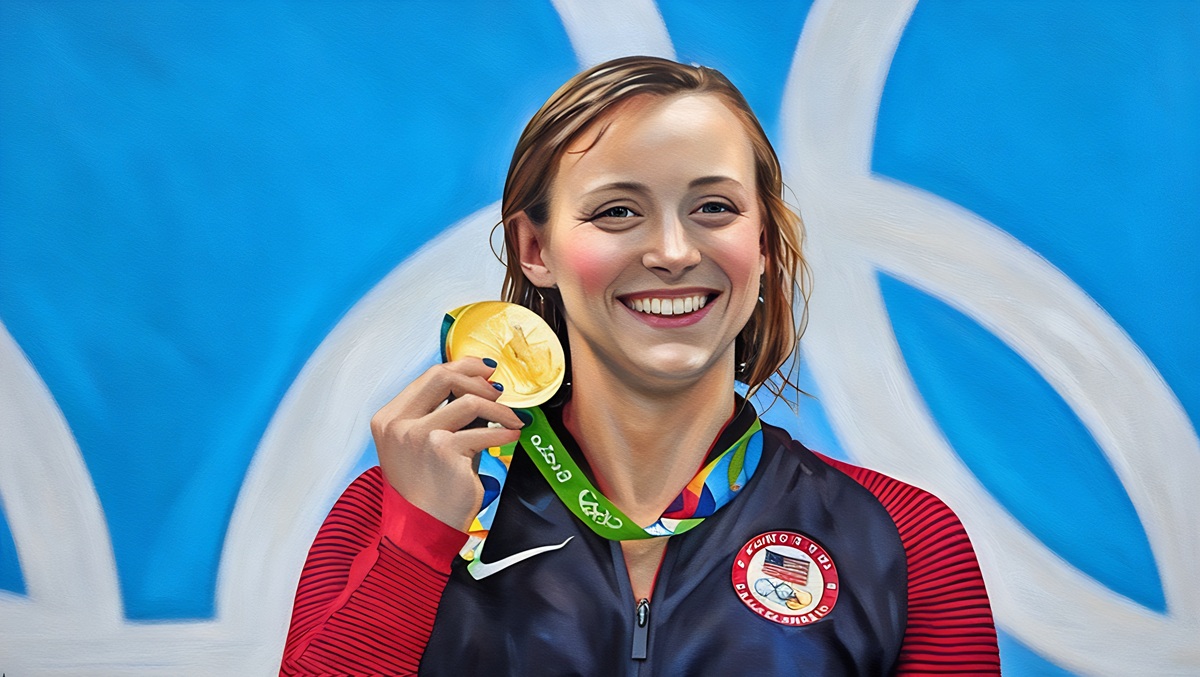Preparing Your Body for Swimming Success
Swimming is often regarded as one of the most comprehensive and enjoyable forms of exercise. It engages nearly every muscle group, builds endurance, and enhances cardiovascular health. However, becoming a proficient swimmer requires more than just hitting the pool and swimming laps. To truly excel in the water, you need to build strength, stamina, and mobility. This article will guide you through a holistic approach to getting in shape for swimming, focusing on training methods that will prepare your body for the demands of the sport and help you achieve peak performance in the pool.
Strength Training: Powering Your Strokes
Swimming requires significant strength, particularly in the upper body, core, and legs. Strong muscles are essential for generating the force needed to push against the water and propel yourself forward. Without the necessary strength, your strokes will lack the power required for speed and efficiency.
To build strength, swimmers must focus on compound exercises that target multiple muscle groups at once. This approach is not only time-efficient but also effective in building functional strength that translates directly into swimming. Exercises like pull-ups, push-ups, and squats will help you build strength in the muscles used during swimming strokes.
Pull-ups are a swimmer’s best friend when it comes to developing upper body strength. The latissimus dorsi (lats), biceps, and shoulders are the primary muscles engaged during a freestyle stroke. By incorporating pull-ups into your routine, you strengthen these muscles, improving your ability to pull yourself through the water with power and precision. If you’re not able to do full pull-ups, start with assisted versions using a resistance band or machine to gradually build the strength needed to perform unassisted pull-ups.
Push-ups are another effective exercise for swimmers, particularly when it comes to strengthening the chest, triceps, and shoulders. These muscles are crucial for the push phase of your swimming strokes. By adding variations of push-ups, such as decline push-ups or diamond push-ups, you can target different areas of your upper body to build a more balanced and powerful swimming stroke.
Core strength is vital for maintaining body position and stability in the water. A strong core helps you remain streamlined and efficient, reducing drag and allowing you to focus on generating speed. Planks, Russian twists, and leg raises are great exercises to improve core strength. For swimmers, maintaining proper body alignment during strokes is essential, and a strong core helps support that posture in the water.
Leg strength is just as important, as powerful legs enable you to execute a strong kick and maintain a streamlined position. Squats, lunges, and deadlifts will help you build the leg strength necessary for generating propulsion during the kick. These exercises also engage your core, promoting stability and balance during each stroke. Deadlifts, in particular, are great for strengthening the posterior chain—the muscles in the back, hips, and legs that are crucial for maintaining good form and power in the pool.
Stamina Training: Building Endurance for Long Swims
While strength is crucial, stamina is what allows swimmers to sustain their performance over longer distances. The ability to swim for extended periods without tiring is one of the key characteristics of a great swimmer. Building stamina requires conditioning the body to perform at a high level for longer durations, both in and out of the pool.
Cardiovascular training is the foundation of stamina building. Swimmers need to train their heart and lungs to work efficiently under stress, ensuring they can maintain a steady pace throughout long swims. While swimming itself is a great cardiovascular workout, dryland endurance exercises can complement this training and help build stamina more effectively.
Running is one of the best forms of cardiovascular exercise to improve stamina for swimming. While swimming provides an excellent cardiovascular workout, running on land helps increase aerobic capacity and overall endurance. For swimmers looking to improve their stamina, incorporating running into their routine is a great way to build a solid aerobic base.
Another effective form of stamina training is cycling. This exercise is easy on the joints but still challenges the cardiovascular system and strengthens the leg muscles. By adding cycling to your routine, you can build endurance without putting excess strain on your body. Interval training is also a key method for improving stamina. By alternating between high-intensity efforts and lower-intensity recovery periods, you train your body to maintain power and speed over longer distances.
In the pool, swimmers can focus on interval training to build stamina. Swim sets that alternate between fast-paced sprints and moderate-paced recovery strokes are an excellent way to increase stamina. For example, you might swim 50 meters at maximum effort, followed by 30 seconds of easy swimming to recover, then repeat the process several times. As you build stamina, gradually increase the length of the sprints and decrease the rest periods to challenge yourself further.
Endurance training should also focus on pacing. Being able to swim efficiently at a steady pace is essential for long-distance events. You need to develop a rhythm and be able to maintain it throughout the duration of your swim. By practicing pacing in the pool, you’ll improve your ability to maintain a consistent effort, which is critical during longer events like the 400m freestyle or the 1500m race.
Mobility and Flexibility: The Key to Fluid Motion
Mobility and flexibility are often overlooked aspects of swimming training, but they are essential for achieving fluid and efficient movement in the water. Tight muscles and stiff joints can limit your range of motion, reducing your stroke efficiency and making it harder to perform at your best. Swimmers need to work on improving flexibility, particularly in the shoulders, hips, and ankles, to achieve a greater range of motion and reduce the risk of injury.
Stretching should be an integral part of every swimmer’s training routine, both before and after workouts. A dynamic warm-up before your training session will increase blood flow to your muscles and prepare them for action. Dynamic stretches, such as leg swings, arm circles, and hip rotations, target the major muscle groups involved in swimming, improving mobility and flexibility.
Static stretching should be reserved for the cool-down portion of your workout. After training, focus on stretching your shoulders, back, hips, and legs. Shoulder stretches, such as the doorway stretch or arm crossovers, will help increase shoulder mobility and flexibility, which is essential for swimming strokes like the freestyle, backstroke, and butterfly. Hip stretches, such as the butterfly stretch or lunges, help open up the hips, allowing for more powerful and efficient kicking.
The ankle joint is another area that often requires attention. Swimmers need flexible ankles to perform an efficient flutter kick and maintain a streamlined body position. Ankle mobility exercises, such as ankle circles and calf stretches, will help improve flexibility in the ankles, which in turn will enhance kicking technique and propulsion in the water.
Yoga can be a fantastic addition to a swimmer’s training routine. Many yoga poses, such as downward dog, pigeon pose, and cobra, focus on increasing flexibility in the shoulders, back, and hips. Additionally, yoga helps improve balance and coordination, which are essential for maintaining proper form in the water.
The Role of Nutrition and Rest in Training
Getting in shape for swimming isn’t just about strength training, stamina, and mobility—nutrition and recovery play a crucial role in supporting your body’s ability to perform and recover. A well-balanced diet will fuel your training and ensure you have the energy needed to push through tough workouts.
Swimmers should focus on eating a diet that is rich in carbohydrates, proteins, and healthy fats. Carbohydrates provide the energy necessary for long training sessions, while protein is essential for muscle repair and recovery. Healthy fats support sustained energy levels, especially during longer swims. Additionally, staying hydrated is vital for optimal performance and recovery. Dehydration can lead to fatigue and cramping, so swimmers should ensure they are drinking plenty of water throughout the day.
Sleep is another critical factor in training. Your body needs time to recover and rebuild after intense workouts, and this happens primarily during sleep. Aim for 7-9 hours of sleep each night to support muscle repair, improve performance, and prevent burnout.
The Champion’s Mindset: Staying Motivated
Getting in shape for swimming requires hard work, dedication, and a positive mindset. As you progress through your training, it’s important to stay motivated and focused on your goals. Set specific, measurable goals for your strength, stamina, and mobility, and track your progress over time. Celebrate small victories along the way and keep pushing forward, even when things get tough.
Having a champion’s mindset means persevering through setbacks, staying disciplined, and always striving for improvement. Every workout is an opportunity to get better, and every challenge is a stepping stone toward achieving your full potential in the water.
Keep Swimming: The Journey Never Ends
Getting in shape for swimming is a continuous process. Your strength, stamina, and mobility will improve over time as long as you stay committed to your training. With the right combination of strength training, stamina building, mobility work, and recovery, you’ll be well on your way to becoming the best swimmer you can be.
So, dive in, stay motivated, and keep pushing yourself to reach new heights. The journey to swimming success is just beginning,




